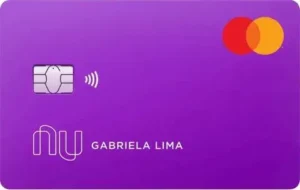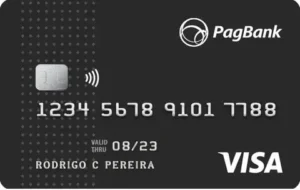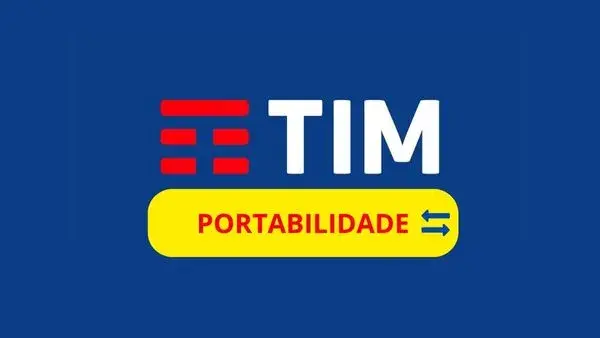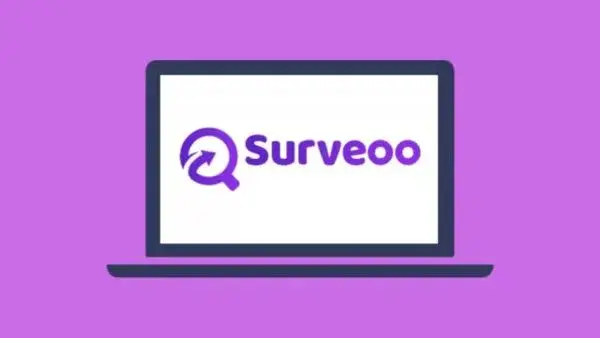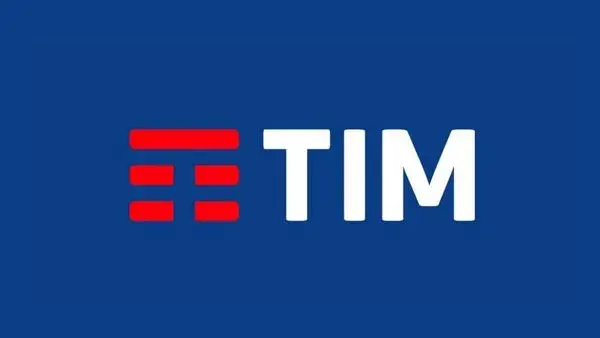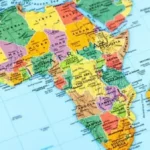Learn now how to check your Forgotten Amounts and how to request a refund through the Central Bank's Amounts Receivable System.
Many people have forgotten amounts in dormant accounts, government programmes or benefits that have not been withdrawn. According to the Central Bank, there are still billions of reais sitting idle due to these balances being forgotten by their holders.
It's possible that you're one of these people and you're not even aware of it. In other words, maybe you have some money somewhere that you don't even know about, and maybe that's exactly the amount you need right now.
Disorganisation, the hustle and bustle of everyday life or even the death of the owner are some of the reasons why people fail to redeem these forgotten amounts, which results in a constant and significant increase in forgotten money year after year.
Thinking about these forgotten valuables and the millions of dollars lying around, the Central Bank has developed a service called Receivables - SRV, which aims to make it easier to search for and locate forgotten money, while at the same time facilitating the recovery of these valuables.
The service, made available by BACEN, makes it easier to identify assets in bank accounts or other financial institutions, and makes it possible to consult and also withdraw the money forgotten by the account holder or legal guardian.
It's important to remember that Valores a Receber is a free platform and is the only reliable and guaranteed way to recover your forgotten money. The system is easy and intuitive, meaning you can make your enquiry without having to leave your home.
It may also be of interest to you:
Many fraudulent websites and apps promise to check and retrieve your receivables, but it's important to know that only the official website provided by the Central Bank and the Federal Government can help you with the process.
Here's some important information you need to know before making your enquiry about your forgotten receivables. Read on to find out more.
Quick Index:
What is the Receivables System?
The Receivables System is a service offered by the government that allows citizens to check if they have forgotten or unexpected amounts in banks, consortia or other financial institutions.
How it works:
- The service is available exclusively on the government's official website.
- Citizens can access the service and check if they have amounts to receive.
- If any money is available, the service will show you how to redeem it.
Receivables Benefits:
- It allows citizens to identify and rescue forgotten or unexpected values.
- It helps to avoid unnecessary financial losses.
- It offers a simple and practical way of recovering forgotten values that can make a difference to the family budget.
It might make sense to you:
Where do forgotten values come from?
Various origins of forgotten values can be influenced by each person's individual profile and trajectory. Some of the main points include:
Inactive accounts:
- These are bank or service accounts that are no longer in use, but may contain forgotten values through remaining balances.
- Verification by contacting financial institutions or service providers.
FGTS (Severance Indemnity Fund):
- Fund set up to provide protection for workers.
- It can be withdrawn in specific circumstances such as home ownership, retirement or in situations of serious illness.
- Checking your balance via the Caixa Econômica Federal website or the FGTS app.
PIS PASEP
- They aim to integrate workers into the development of companies and the public sector.
- Check your PIS balance on the Caixa Econômica Federal website and your PASEP balance on the Banco do Brasil website.
Social Security:
- A system that provides workers with a monthly income.
- Check the balance for the public pension scheme on the INSS website and for the private pension scheme on the website of the organisation responsible for the plan.
Income tax:
- Tax levied on the earnings of individuals and companies.
- Check the status of your refund on the Receita Federal website or through the Pessoa Física app on mobile devices.
Government programmes:
- They include salary allowances, unemployment insurance, Bolsa Família, emergency aid and the PIS-PASEP Fund.
- Consultation of information and verification of benefits or values available through the official websites or applications of each programme.
What do I need to consult?
To use the Receivables service, available on the Central Bank's official website, you need to provide the following information:
- For individuals or the deceased:
- CPF
- Date of birth
- For legal entities:
- CNPJ
- Company opening date
Step by step to check and redeem the amounts:
- Visit the Central Bank's official website.
- Enter your CPF and date of birth (or CNPJ and company opening date) in the fields indicated.
- Check if there are any forgotten or unexpected amounts to be received.
- If there are amounts available, follow the instructions provided to redeem them.
Don't fall for scams!
To ensure security when consulting and redeeming amounts in the Central Bank's "Amounts Receivable" system, it is essential to only access the Central Bank's official website. Avoid using apps or clicking on suspicious links posted on social networks, as these may charge undue fees or be part of scams.
In the event of suspected fraud, it is essential to report it immediately to the police and the financial institutions involved. Following official guidelines minimises risks and ensures the safe transaction of the amounts to which you are entitled. For more information, visit the Central Bank's official website.
Safety tips
To maintain security in the Central Bank's "Receivables" system, follow these tips:
- Only use the official Central Bank portal for enquiries.
- Be wary of offers that ask you to pay to access the figures.
- Never share personal information on unofficial websites or applications.
If you suspect fraud, report it immediately to the relevant authorities. These preventative measures help to avoid scams and guarantee the security of the process of recovering amounts owed. For more details, see the Central Bank's official website.
Read also: PIS PASEP how to consult and withdraw




